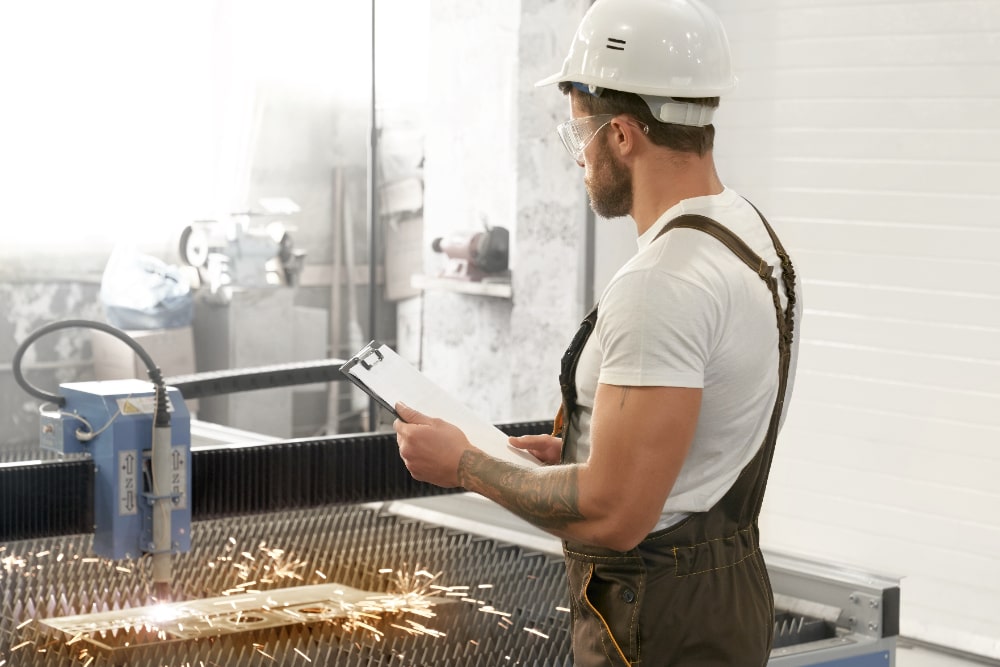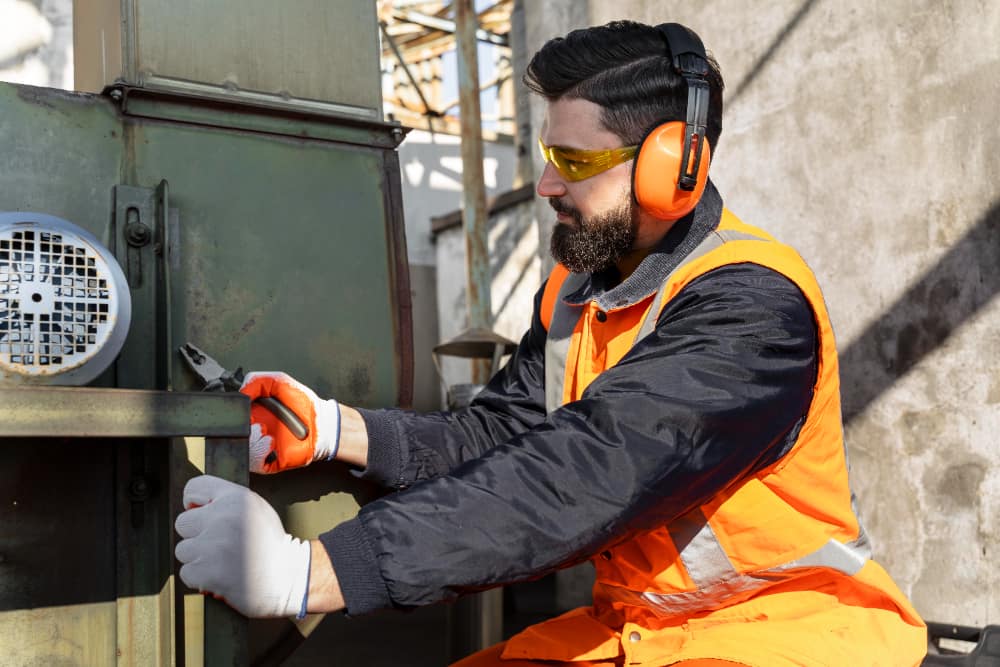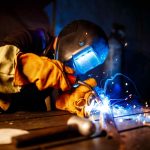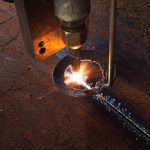Welding is a fundamental process in many industries, from the fabrication of metal structures to the repair of machinery parts. However, despite its importance, welding can be complex, and mistakes made during the process can lead to unsatisfactory results, compromise safety, and increase costs. Knowing the common welding mistakes and how to avoid them is crucial for achieving a strong and durable joint.
1. Inadequate Surface Preparation
One of the most common mistakes is failing to properly prepare the surfaces to be welded. The presence of dirt, rust, paint, or oils on the surfaces can interfere with the formation of a strong weld. If the surface is not properly cleaned, the weld may not adhere well, resulting in a weak joint that could fail under stress.
How to avoid it: Before starting the welding process, ensure that the surfaces are adequately cleaned using wire brushes, abrasive discs, or specific chemicals to remove oxides and contaminants. This will ensure the weld adheres properly to the base material.
2. Incorrect Selection of Welding Parameters
Choosing incorrect welding parameters, such as current, travel speed, or electrode type, can result in poor-quality welds. If the current is too low, the weld will be weak and may form pores. If it is too high, it can cause overheating and distortion of the base material.
How to avoid it: Always consult the specifications for the material being welded and follow the manufacturer’s recommendations to select the appropriate welding parameters. Adjust the current, travel speed, and electrode type according to the material and thickness of the piece.

3. Incorrect Electrode Angle
The angle of the electrode during the welding process is crucial for ensuring adequate penetration and a uniform joint. An incorrect angle can result in a surface weld, meaning the joint will not be as strong as it should be. An angle that is too steep can cause poor fusion, while an angle that is too flat can reduce weld quality.
How to avoid it: Keep the electrode at an angle of 15 to 30 degrees relative to the workpiece. This ensures proper fusion and adequate weld penetration.
4. Inadequate Welding Speed
The speed at which the electrode or welding torch is moved is also a critical factor in weld quality. If the speed is too fast, the weld will be weak and may have insufficient penetration. If it is too slow, overheating can occur, which can cause distortion and weaken the piece.
How to avoid it: Maintain a consistent welding speed that allows for good fusion and penetration without causing overheating of the material. Practice and adjust the speed until achieving a uniform and well-formed weld bead.
5. Ignoring Material Expansion and Contraction
Metals expand when heated and contract when cooled. If this phenomenon is not considered during the welding process, internal stresses can occur, leading to deformations, cracks, or distortions in the welded piece.
How to avoid it: Pay attention to how the piece heats and cools. If necessary, controlled cooling can be applied, or techniques such as multi-pass welding or preheating can be used to minimize distortion.
6. Weld Pool Contamination
The weld pool is the molten area where the joint between the base materials and the electrode forms. If the weld pool is contaminated by gas, moisture, or impurities, the weld quality will be affected. This can result in defects such as porosity, cracks, or inclusions that weaken the joint.
How to avoid it: Maintain a clean environment during the welding process. If using a coated electrode, avoid moisture in the electrodes. Additionally, ensure the work atmosphere is well-ventilated to prevent the buildup of gases that could contaminate the weld.
7. Lack of Protection Against Atmospheric Contamination
In processes such as TIG (Tungsten Inert Gas) and MIG (Metal Inert Gas) welding, using a shielding gas to prevent weld pool oxidation and ensure joint quality is essential. If the correct gas is not used or the coverage is insufficient, atmospheric contamination can occur, weakening the weld.
How to avoid it: Ensure the use of an appropriate shielding gas (such as argon or helium) based on the type of material and welding process. Regularly check the welding equipment connections to ensure they are in good condition and free of gas leaks.
8. Skipping Quality Tests
The final common mistake is failing to conduct proper inspections or quality tests on the welds. This can result in undetected defects that become problematic over time.
How to avoid it: After completing the welding process, perform quality tests such as visual inspection, X-rays, or ultrasound tests as needed. This will allow you to detect and correct defects before they become a serious problem.






